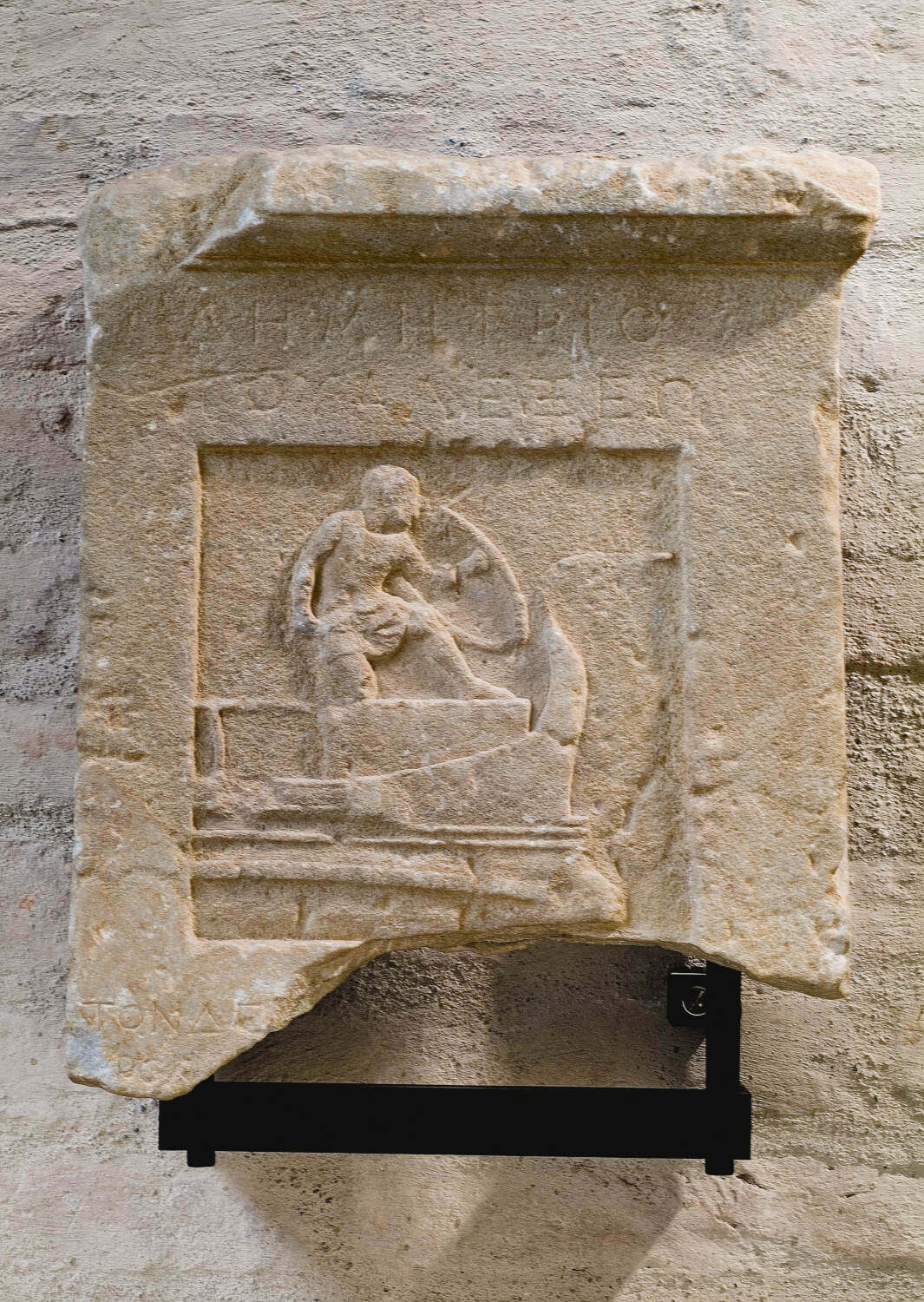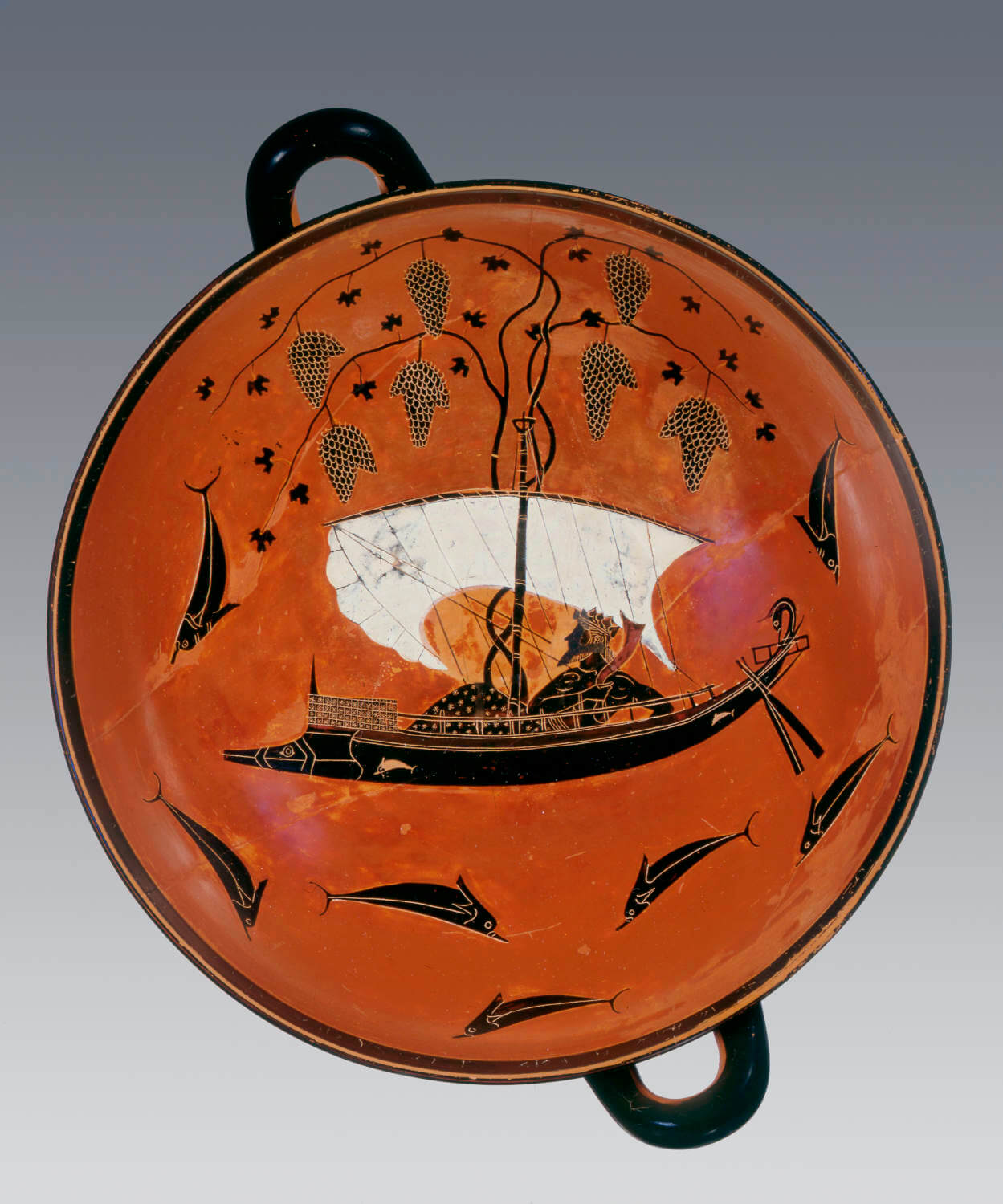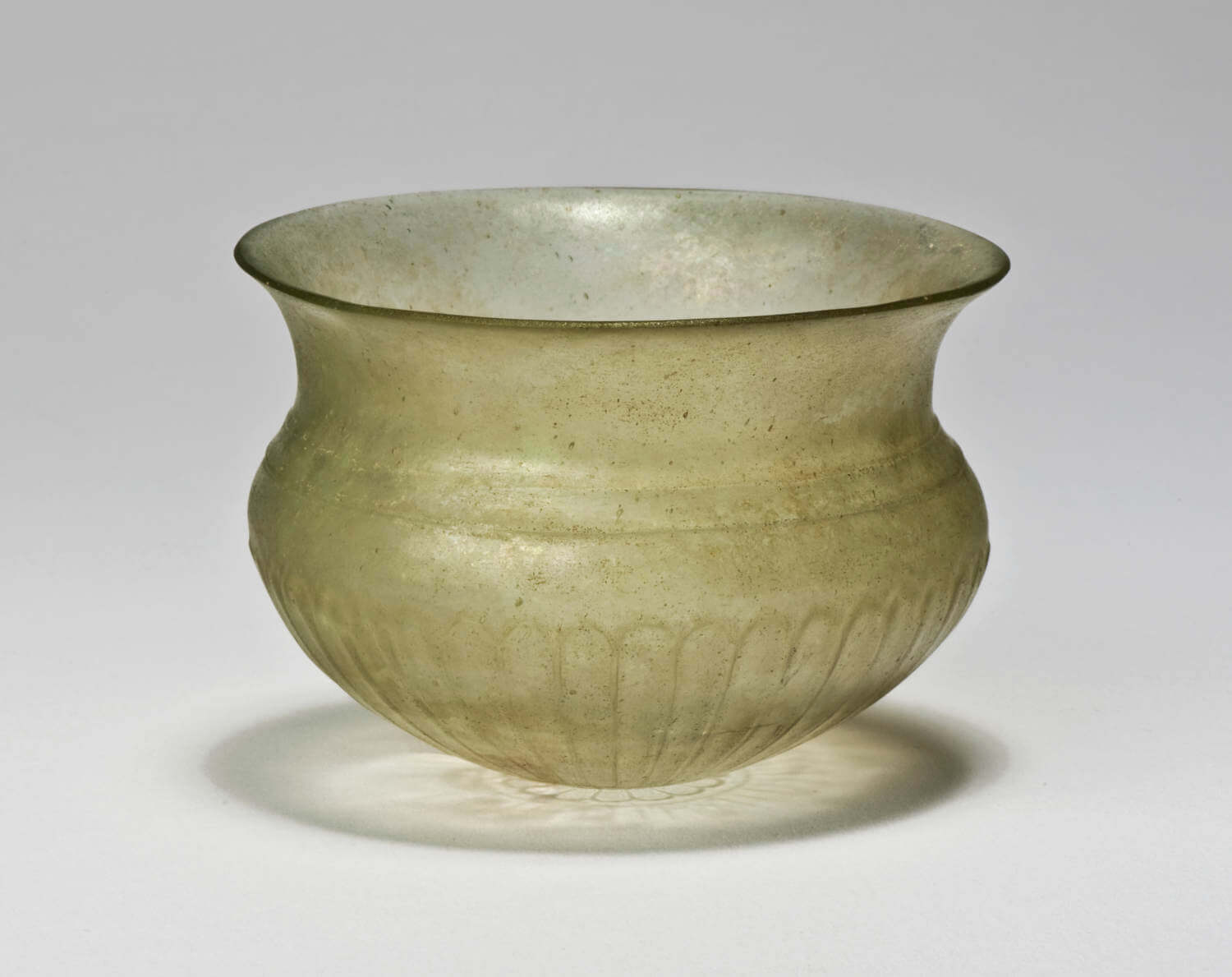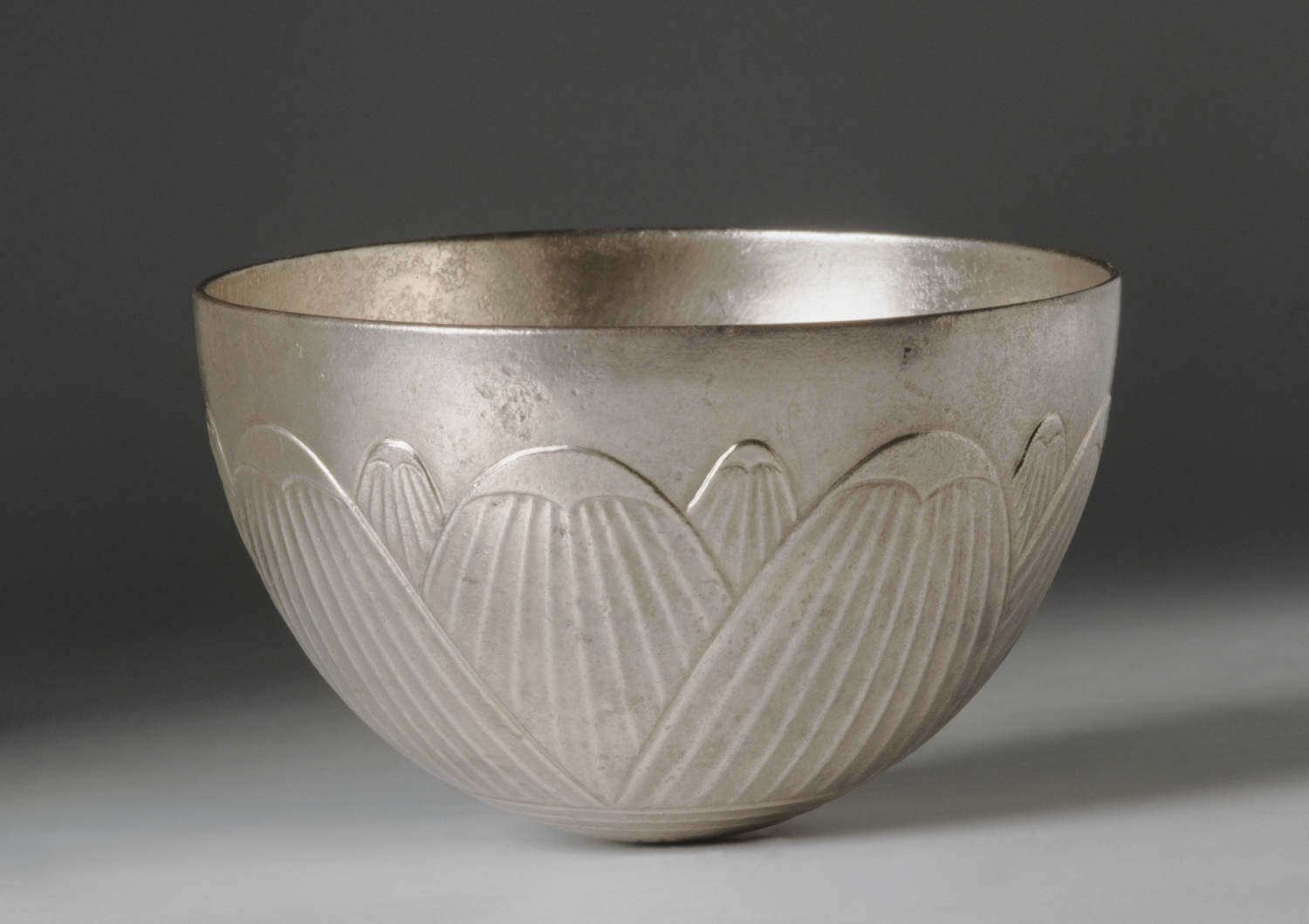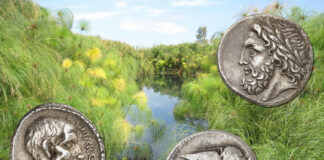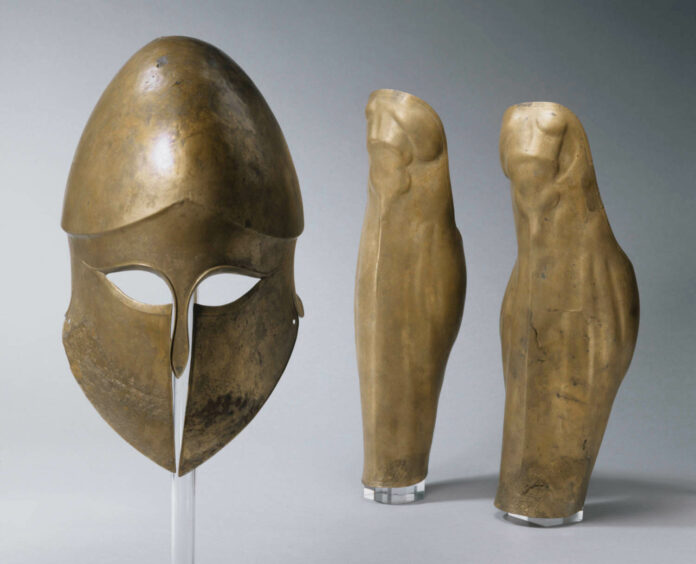
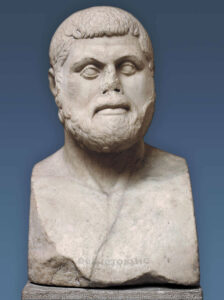
The naval battle of Salamis, which will be celebrated for the 2,500th time at the end of September 2021, is undoubtedly one of the great turning points in European history. It not only put an end to Persian expansionism on the European mainland. The victory of the Greeks also heralded the golden age of Greek antiquity. This found its most lasting expression in the Pentekontaetie, the half-century-long heyday of early classical Athens. The special exhibition “Salamis 480” in the Staatliche Antikensammlungen Munich from 17th November 2021 to 13th March 2022 focuses on this important turning point.
In modern historiography, the tendency can often be observed that the significance of individual warlike events for the progress of historical processes is rated rather low and that in their place almost exclusively social, sociological or political developments are placed, which are considered to be the actual driving forces of such processes. In the case of the Persian invasion of 480 BC and the naval battle of Salamis, however, this is not readily possible. For the rapid development that Athens and other Greek cities underwent in the cultural and political spheres in the decades following Salamis could hardly have proceeded in a comparable manner if they had been completely defeated by their Persian opponents.
Incidentally, this also applies to the visual arts: although the birth of Greek classicism had already preceded the events of 480 BC by some 20 years, the extensive reconstruction of Athens and other cities and sanctuaries that had been destroyed by the Persians ensured an unprecedented upswing in architecture and art in Greece in the following decades.
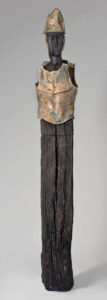
It should also be borne in mind that the Greek victory at Salamis – unlike the Athenian victory at Marathon ten years earlier – was by no means a product of chance. Rather, it was the almost logical consequence of the fleet program that Themistocles and his partisans doggedly pursued and pushed through against all odds. Beyond the ephemeral success, this ensured economic and social stability in Athens and at the same time created the basis for Athens and its allies in the Delic-Attic naval alliance, also created by Themistocles, to rise to great power and prosperity in the following period. Without the victory at Salamis, this would hardly have been imaginable.
The exhibition “Salamis 480” integrates the battle, its prehistory and its consequences into a larger historical, cultural-historical and art-historical framework. Using top-class archaeological finds from important museums around the world and illustrated by three-dimensional models, visitors are made aware of the epoch-making event.
For further information about the exhibition, opening hours and much more, visit the website of the Staatliche Antikensammlungen Munich.
In 2020 Greece dedicated a 10 euro coin to the Battle of Salamis.



